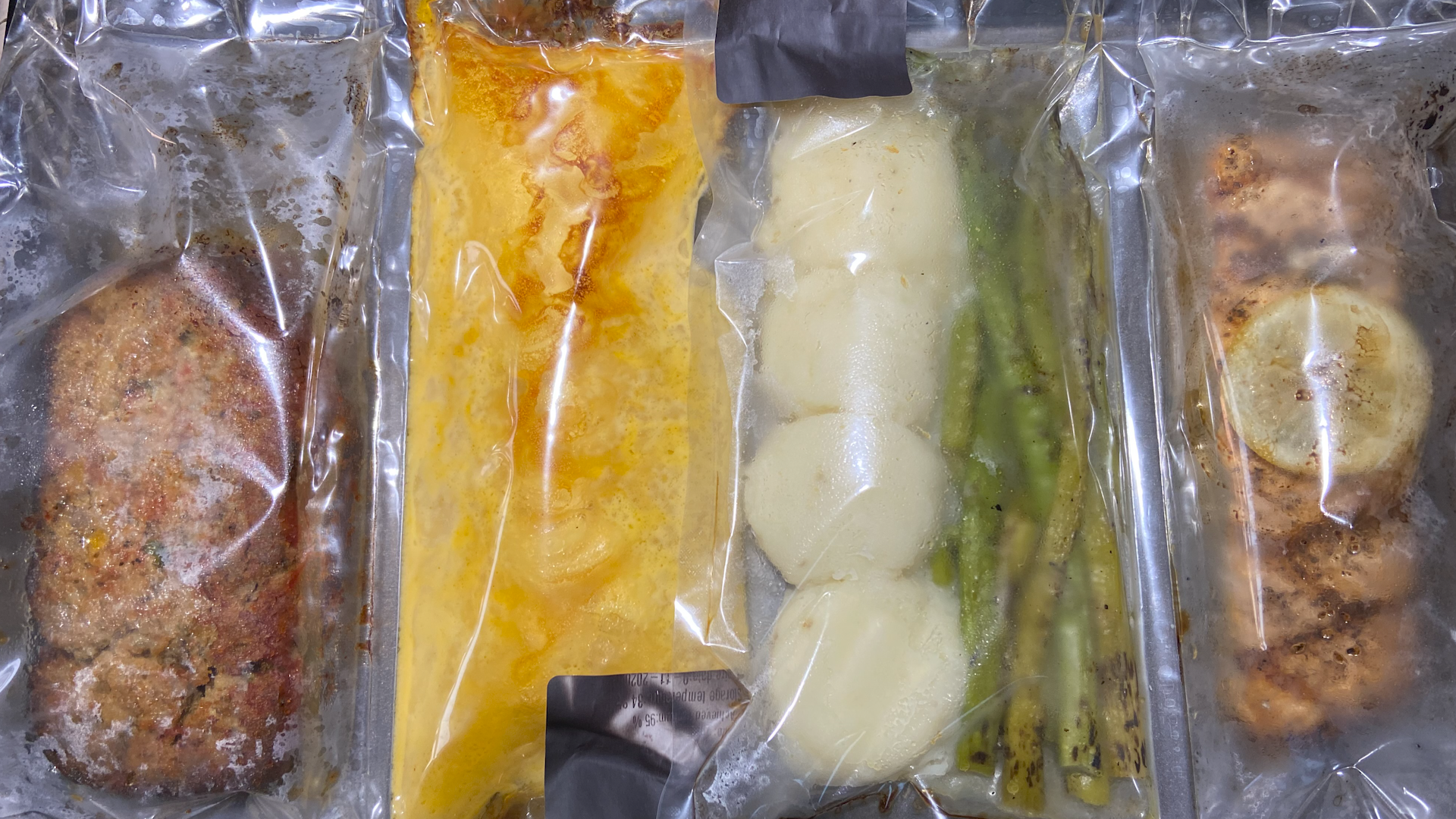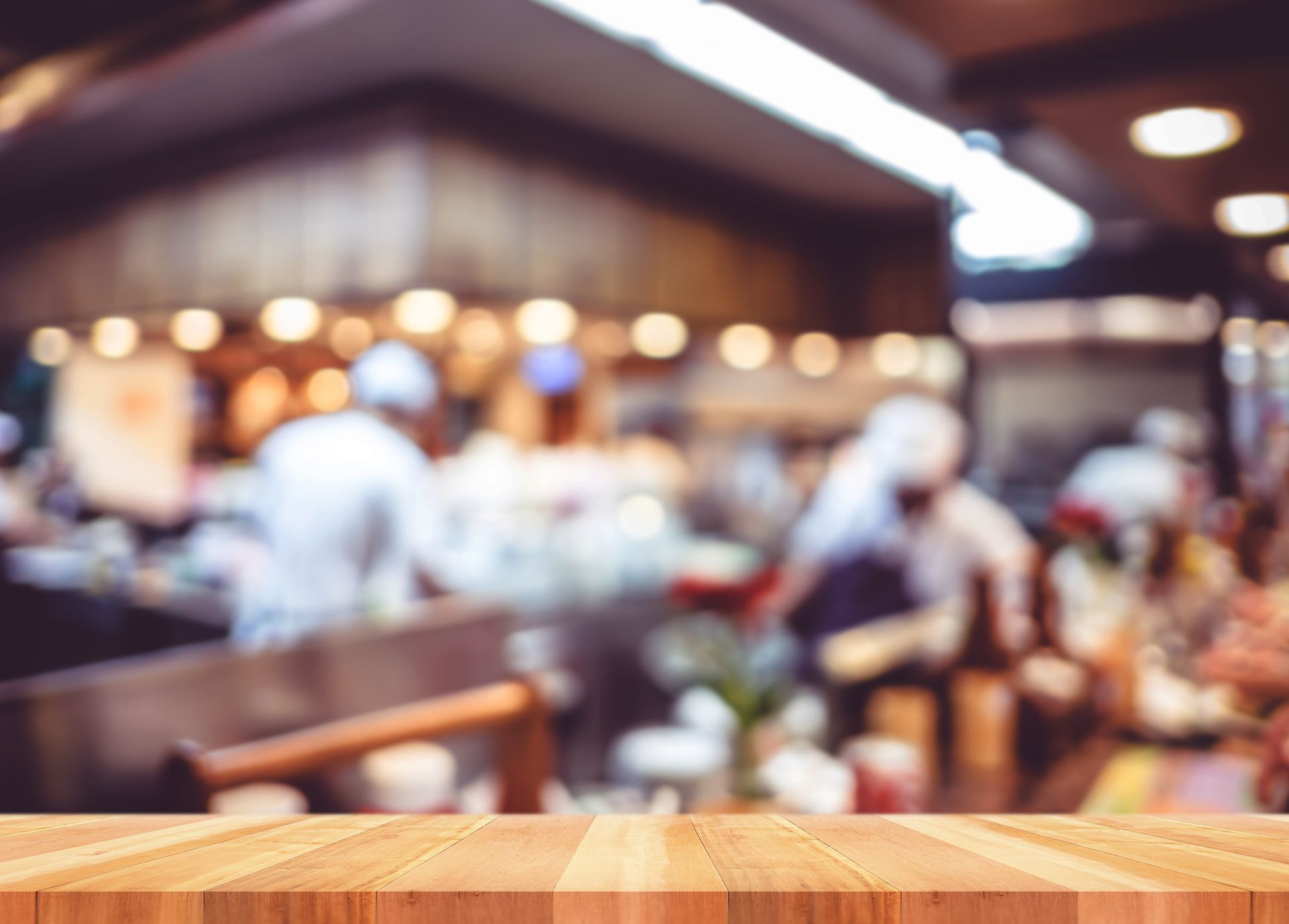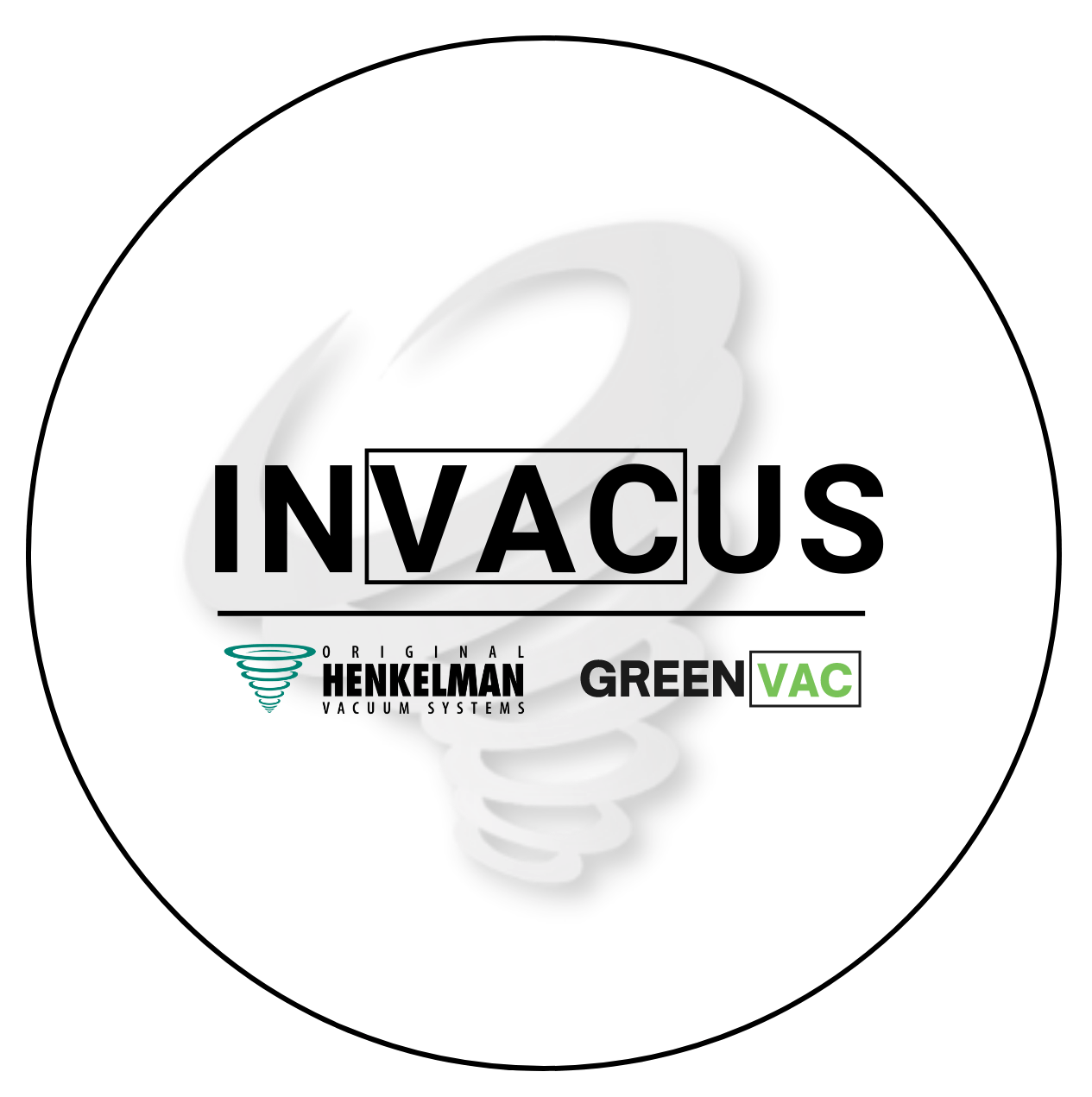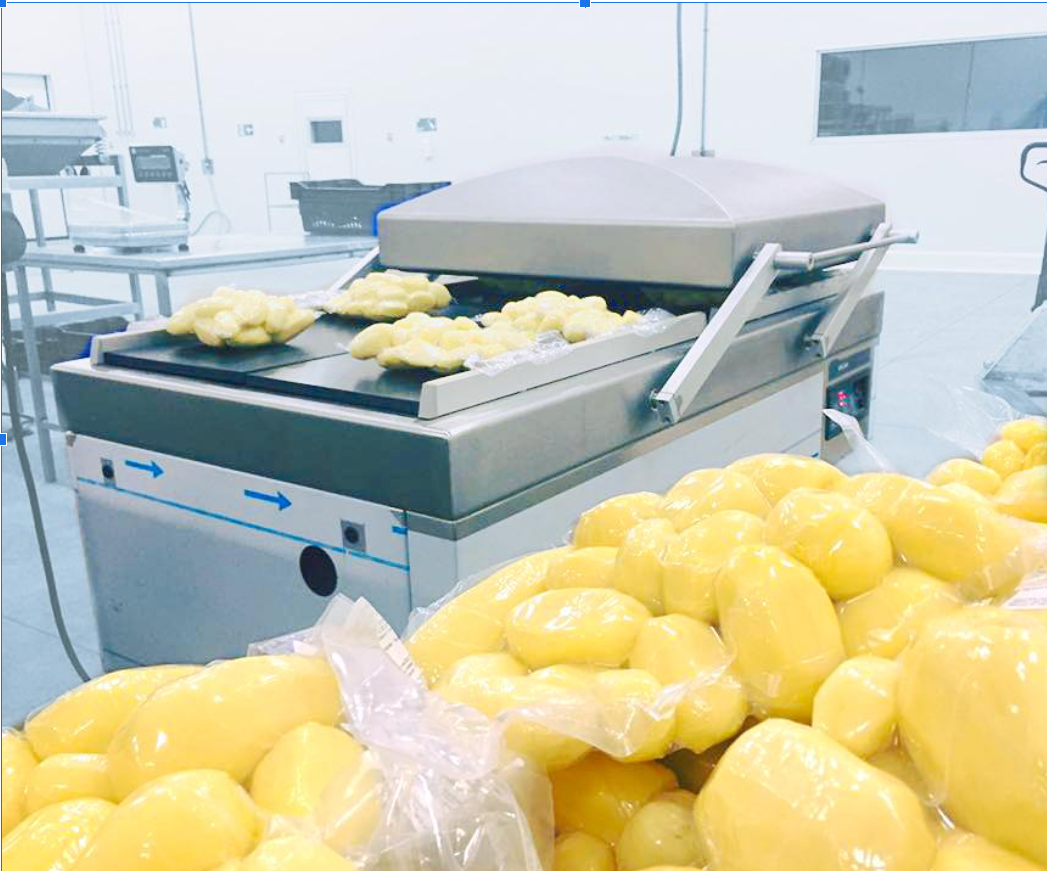Benefits of bulk prepping food using vacuum packaging in foodservice
Advantages and tips for using vacuum packaging in a commercial foodservice operataions
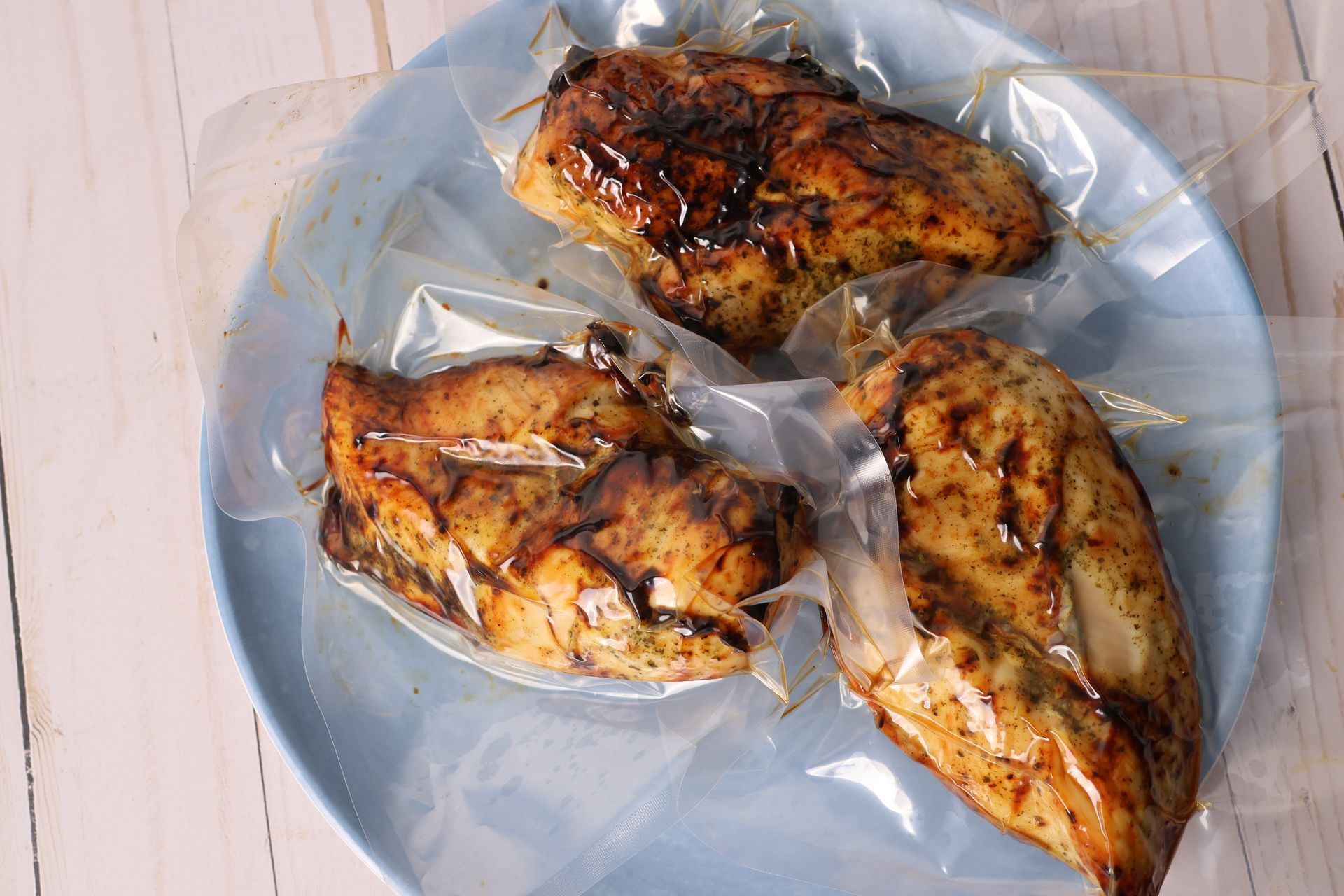
If you work in the foodservice industry, you know just how important it is to offer quality, fresh food to your customers. But with the fast-paced nature of the industry, it can be challenging to keep up with demand while maintaining the highest standards of food safety and quality. That's why bulk prepping using vacuum packaging has become increasingly popular in foodservice establishments. This innovative technique involves preparing large quantities of food in advance, sealing it in airtight packaging using a vacuum sealer, and storing it for future use. Not only does this method save time and increase
efficiency in the kitchen, but it also preserves the freshness and flavor of the food for longer periods. In this article, we'll explore some of the top benefits of bulk prepping food, using vacuum packaging in foodservice, and why it's a smart choice for any business looking to streamline their operations and offer the best possible food to their customers.
What is vacuum packaging and how does it work?
Vacuum packaging is a food preservation method that involves removing air from a package of food and then sealing it. This is done using a vacuum sealer, which sucks all the air out of the package and then seals it with a heat
sealer. The result is an airtight package that keeps food fresh for longer periods. Vacuum packaging works by removing oxygen from the package, which slows down the growth of bacteria and other microorganisms that cause food to spoil. By removing the air, vacuum packaging also helps to prevent freezer burn and other types of food deterioration that can occur during storage.
Advantages of using vacuum packaging for bulk food prep
Longer shelf life and reduced waste
One of the most significant benefits of using vacuum packaging for bulk food prep is that it increases the shelf life of the food. By removing the air from the package, the food stays fresh for longer, which means that it can be stored for longer periods without going bad (Non vacuumed food is 3-5 days, whereas, vacuumed food can stay fresh for up to 21-28 days, source FDA model food code 2017 para. 3-501.17 and 3-502.12). This reduces the amount of food waste in the kitchen and saves money on ingredients. Vacuum packaging also helps to prevent freezer burn, which can occur when food is stored in the freezer for an extended period. Freezer burn can cause the food to become dry and tough, which reduces its quality and flavor.
Improved food safety and hygiene
Another advantage of using vacuum packaging for bulk food prep is that it improves food safety and hygiene. By removing the air from the package, vacuum packaging helps to prevent the growth of harmful bacteria and other microorganisms that can cause foodborne illness. Vacuum packaging also helps to prevent cross-contamination between different types of food. This is because each package is sealed separately, which means that there is no contact between different types of food.
Increased efficiency and cost savings
Using vacuum packaging for bulk food prep can also help to increase efficiency and save money in the kitchen. By preparing large quantities of food in advance and storing them in vacuum-sealed packages, chefs can save time and reduce labor costs. This is because they can prepare the food when it's convenient for them and then use it as needed.
Vacuum packaging also helps to reduce the need for additional storage space in the kitchen. This is because the food takes up less space when it's stored in vacuum-sealed packages.
Tips for successful bulk prepping with vacuum packaging
While vacuum packaging is an excellent method for bulk food prep, there are some things that chefs should keep in mind to ensure that it's done correctly. Here are some tips for successful bulk prepping with vacuum packaging:
Use the right packaging
It's essential to use the right packaging when vacuum packaging food. The packaging should be airtight, durable, and able to withstand freezing and reheating, great options would be the GreenVAC vacuum bags. Chefs should also make sure that the packaging is labeled correctly and that the date of preparation is included. @Henkelman Boxer, Marlin & Polar vacuum
sealers all have an option for an automatic label printer. The label can be placed on the bag once the vacuum cycle is complete.
Use the right equipment
To vacuum seal food properly, chefs need to use the right equipment. This includes a vacuum sealer. Chefs should make sure that their equipment is commercial grade, in good working order and that they have the necessary supplies on hand.
Store the food properly
After vacuum packaging the food, chefs should store it properly to ensure that it stays fresh. This includes storing it in a cool, dry place away from direct sunlight.
Common types of vacuum packaging equipment
There are several types of vacuum packaging equipment. These include:
Chamber vacuum sealers
Chamber vacuum sealers are the most used type of vacuum sealer in the foodservice industry. They work by placing the food in a chamber, removing the air, and then sealing the package.
Chamber “CombiVAC” vacuum sealers
These units function like regular chamber sealers but have a lot more functionality and features that include marinating, tenderizing, liquid infusion, trapped air, red meat to name a few.
To learn more please visit https://www.youtube.com/playlist?list=PLO8FVsxSpgNzHLsD6tjXDupIb2WQQm35O
External vacuum sealers (home use only)
External vacuum sealers are typically used for home food preservation. They work by placing the food in a bag, removing the air, and then sealing the bag. This equipment requires special bags that are 4-5 times more expensive than regular vacuum bags.
Handheld vacuum sealers (home use only)
Handheld vacuum sealers are small, portable devices that can be used to seal individual packages of food. They work by attaching to the top of a vacuum sealer bag and removing the air. Both external and handheld typically can not hold up to working environments of a commercial kitchen. Case studies of successful implementation
Several foodservice establishments have successfully implemented vacuum packaging for bulk food prep. For example, the Hilton Chicago O'Hare Airport Hotel uses vacuum packaging to prepare large quantities of food for banquets and events. By using vacuum packaging, they can prepare the food in advance and then use it as needed, which saves time and increases efficiency.
Another example is the University of Massachusetts Amherst, which uses vacuum packaging to prepare food for their dining halls. By using vacuum packaging, they can prepare large quantities of food in advance and then store it for future use. This helps to reduce food waste and saves money on ingredients.
Conclusion and key takeaways
Vacuum packaging is an excellent method for bulk food prep in the foodservice industry. It helps to increase efficiency, reduce food waste, and improve food safety and hygiene. By using the right equipment and following best practices, chefs can successfully implement vacuum packaging in their kitchens and offer the best possible food to their customers.
